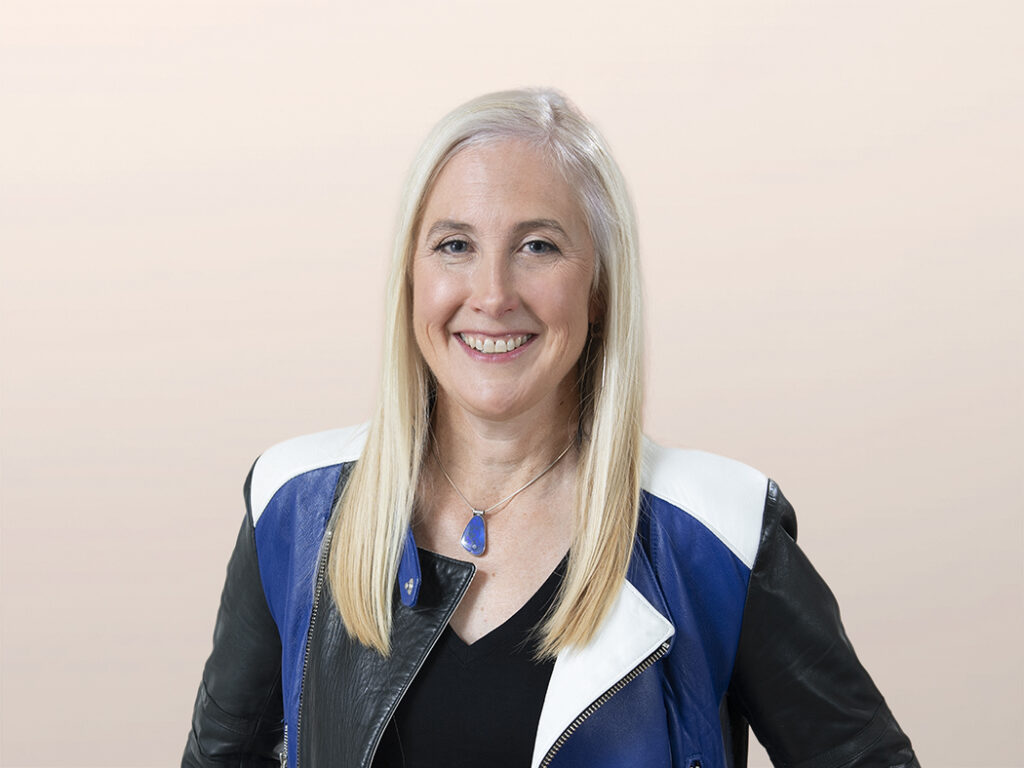Facebook Paper: What Can eBusiness Pros Learn About The Need For Multiple, Simple Apps?
Facebook will launch its new Paper product on February 3. The questions I have been asked are, "Why?" and "Should we be thinking about multiple apps rather than one large app?" Both good questions.
The first question — I can only take a shot. Facebook, like many other media properties, depends heavily on advertising for revenue. To get advertising, you need eyeballs. More and more minutes per day are spent on mobile phones. Consumption of news, information, and media generally tops the list behind communication. Consumers also expect highly curated experiences on small screens that can be more challenging to navigate. At first glance, the Paper user interface and experience looks to be quite elegant.
It always makes me smile to see a product or app launched that takes a mobile first-approach. From the short video that was released, you can instantly tell that they didn't start with a web experience and think, "How can we strip this down and put it on a small screen?" They appeared to have done ethonographic research — to watch and observe how people engage with their phones and consume information through the course of the day (e.g., the unfolding of the newspaper). This is one of the best practices in mobile design — understand the needs of consumers on the go. Companies must ask, "What are those moments during the day when someone reaches for the phone to access information or a service?" Forrester calls them mobile moments. Companies must be ready to serve customers in those moments.
Consumers also seek personalized (or contextual) and simple experiences on mobile devices. Interactions may only be a few minutes, if not a few seconds. Paper seems to do both.
The second question — "Is one large app better than many smaller apps?" — is more complex to answer and depends on many factors. The trend today is toward more smaller apps if you can afford to keep them up to date, market them, and drive consumer engagement. Good reasons to have multiple apps include:
– Different audience or customer bases. If my mortgage, credit cards, and bank account are each with a different bank, I don't need one app from a bank that does everything. Sometimes companies divide their audience by customers versus potential customers — a group less likely to invest in downloading an app. ESPN covers a hundred sports. Few consumers care about all 100, so ESPN takes a couple of approaches. It bundles major US professional and college sports into a single app, but it offers a separate experience for the primarily European soccer (football) enthusiast. eBay offers another excellent example. For B2B, look to Cisco — with more than 100 apps, each with a purpose.
– One app becomes too big or complex. The last thing that will work in mobile is a replication with what happened to the Web. I don't know the average number of links on a retail web page or Amazon.com, but I know there are a lot. It seems as if websites at times are designed to do everything possible, serve every need. I have to use the search bar on my investment website to find even the simplest of services or content. It's nearly impossible for me to navigate. Mobile needs to be the opposite. My mobile phone needs to anticipate my needs and be ready to serve me in that moment with exactly what I need — not the 4,000 things I could possibly need. Mobile apps have to be small, focused, and intuitive, because consumers are task-oriented and have limited time.
– App lifetime. With the start of the Winter Olympics in a few days, we have the perfect example. If a brand wants to launch an Olympics-related experience, it should build a one-off app. This will help with acquisition and marketing without cluttering the core experience. Besides, marketers will kill these apps by the end of the month.
– Experimentation. Here, Amazon is one of my favorites. Through a series of acquistions and internal innovation, it has trialed new technologies like bar code scanning, daily deals, and augmented reality. These are often stand-alone apps initially.
– Languages. Shoppers Drugmart in Canada has one app in English and one in French.
Everyone should go into a decision like this with their eyes wide open, however, on the costs.
While marketing apps may still cost in the tens or hundreds of thousands of dollars, core commerce apps are more likely in the $1 million to $2 million range. You'll spend this in year one to get the first app built and then continue to spend almost as much in subsequent years to keep it fresh and bug free.
You need to market the apps and drive awareness — not trivial in apps stores today with millions of apps. You need to drive engagement with your service — you can't just launch it and expect someone to use it. You'll need to use messaging — mobile and email — plus other tactics to drive engagement.
Managing your brand experience, across multiple apps, has never been more complex.
